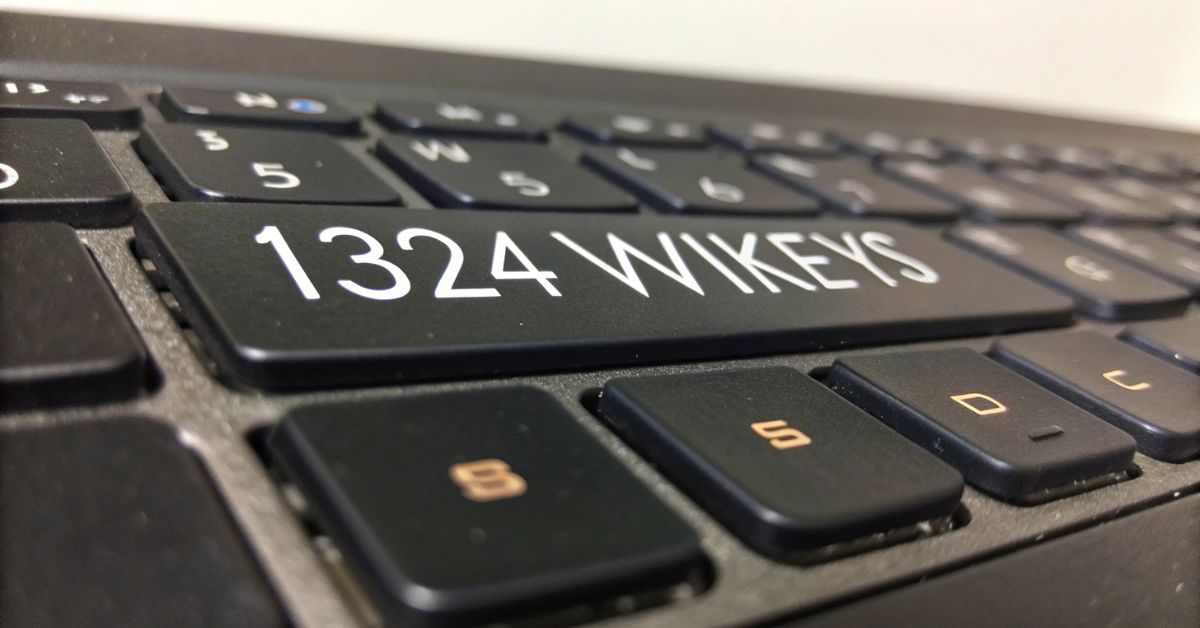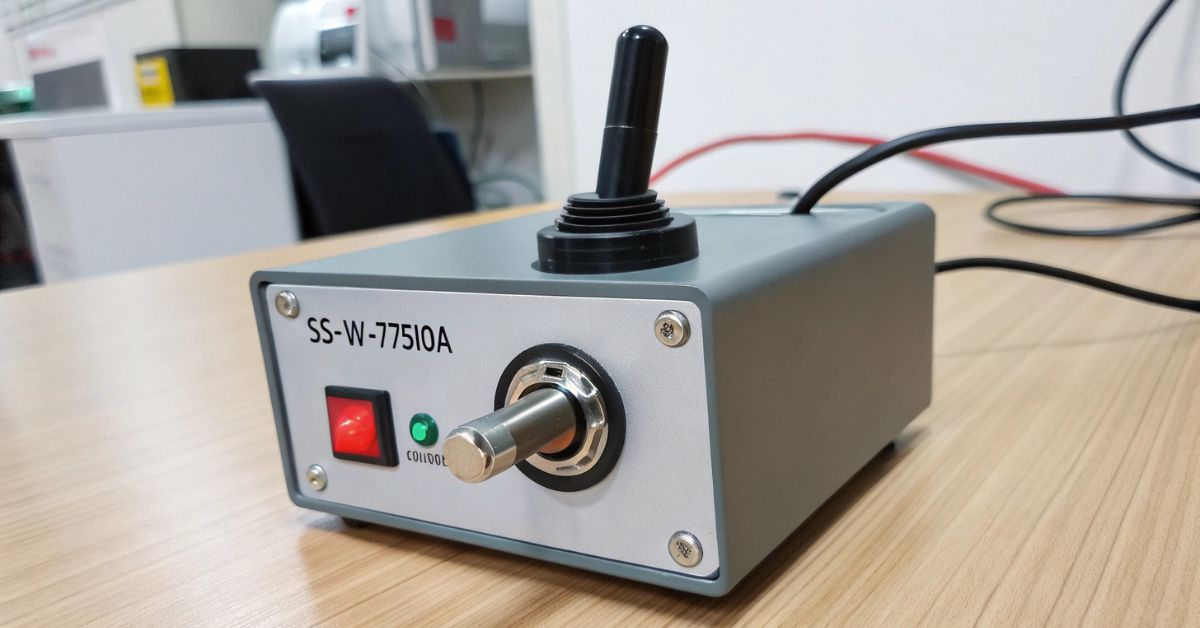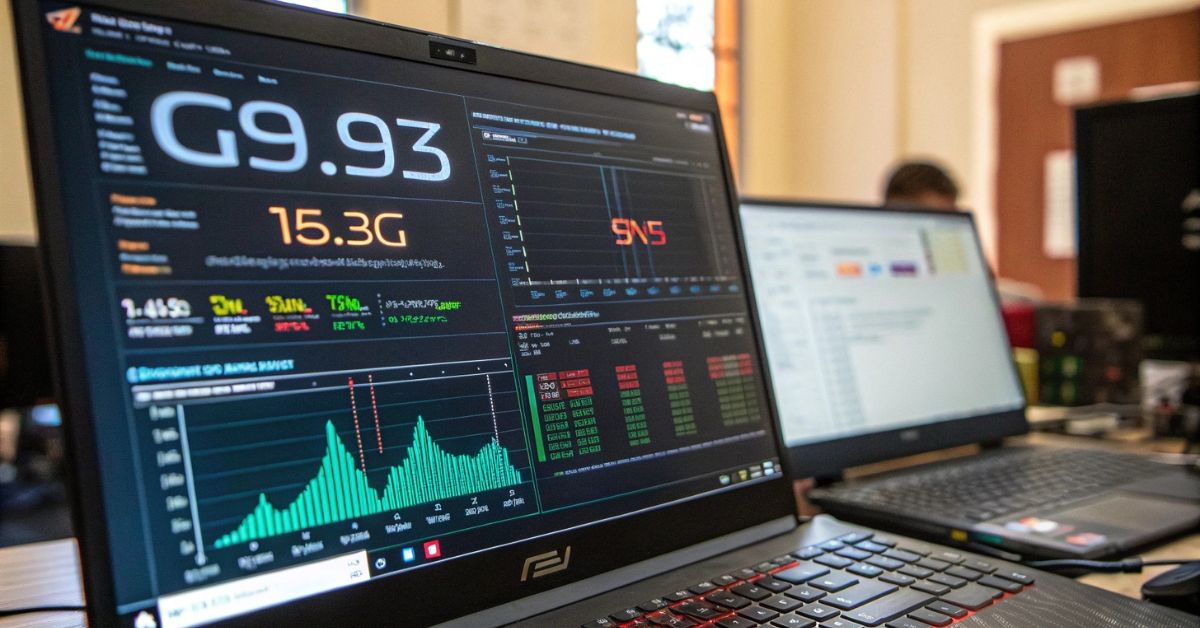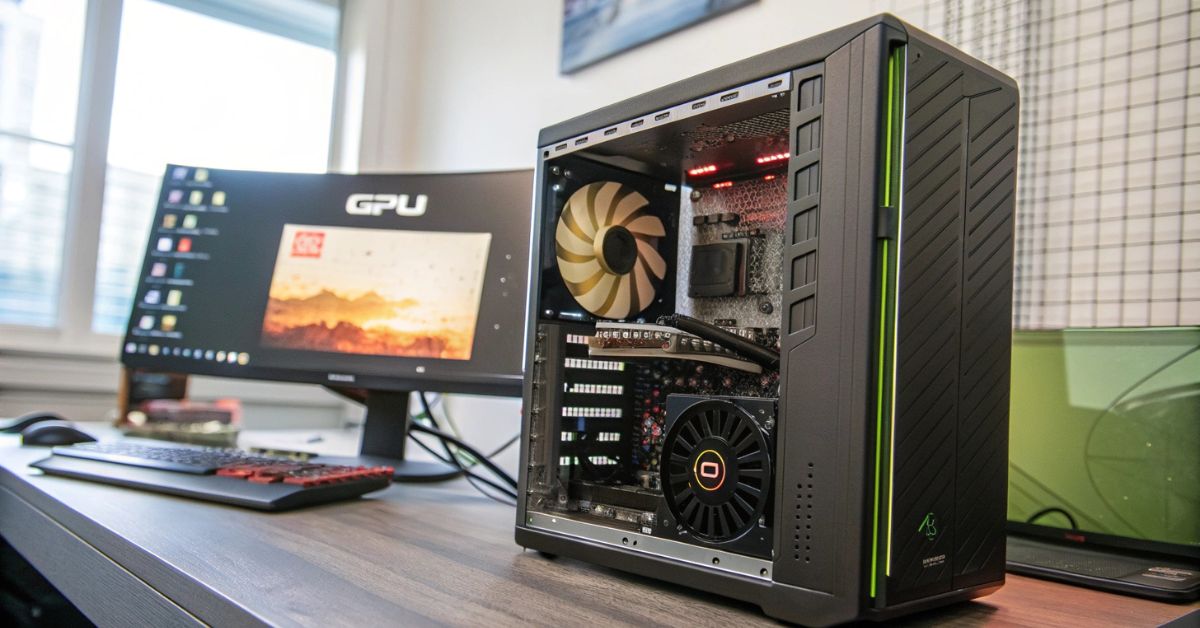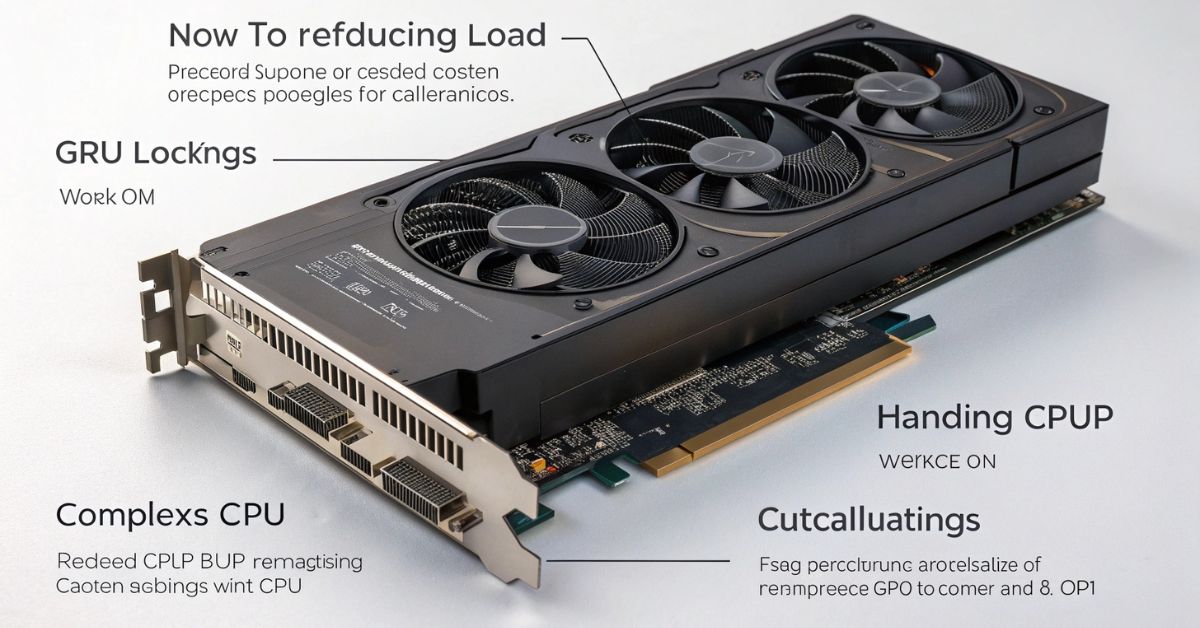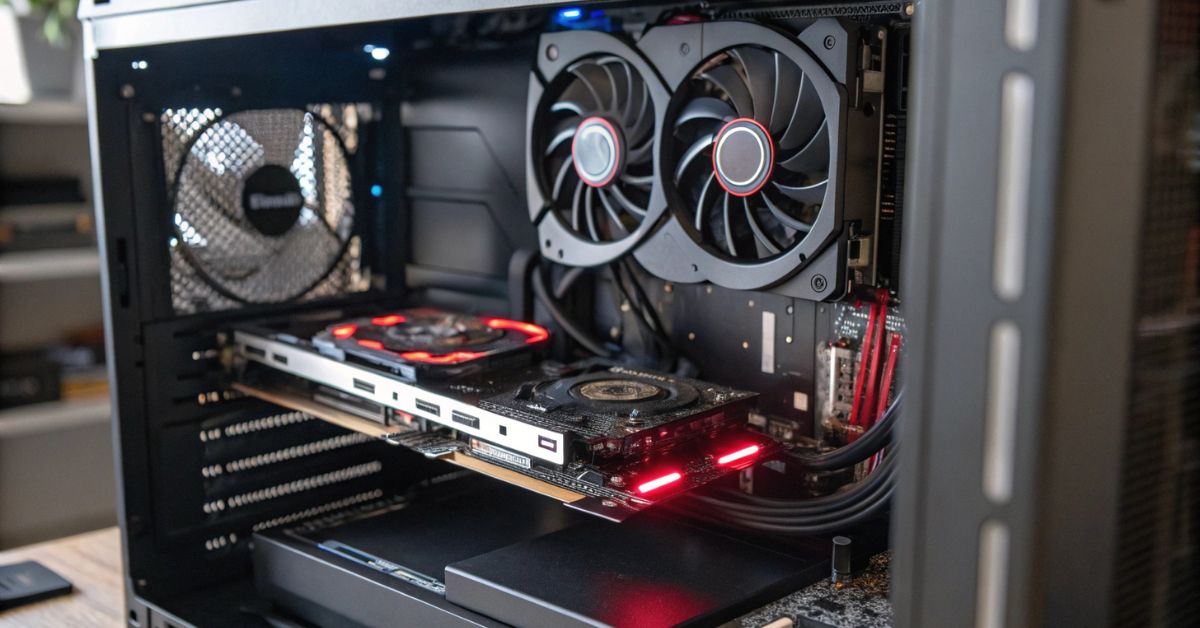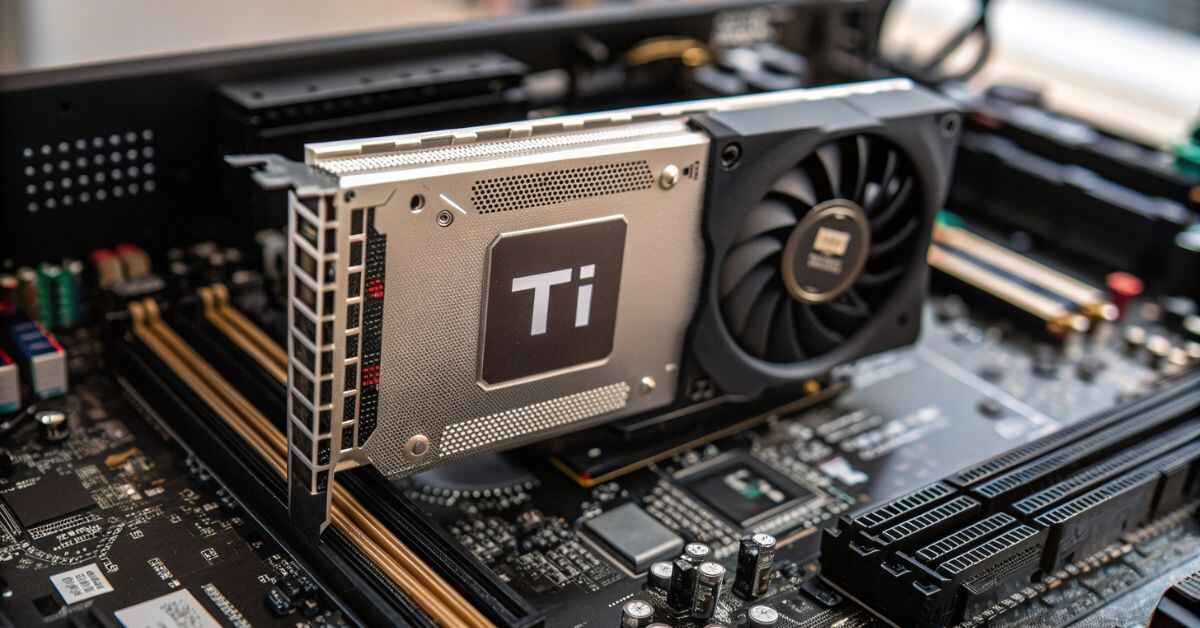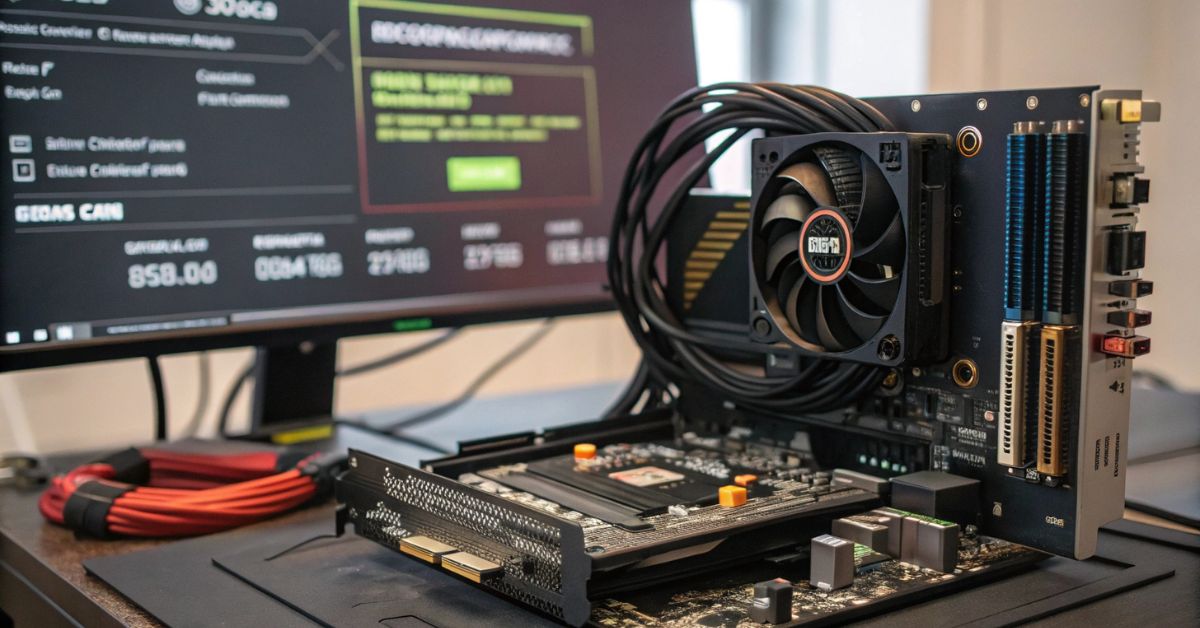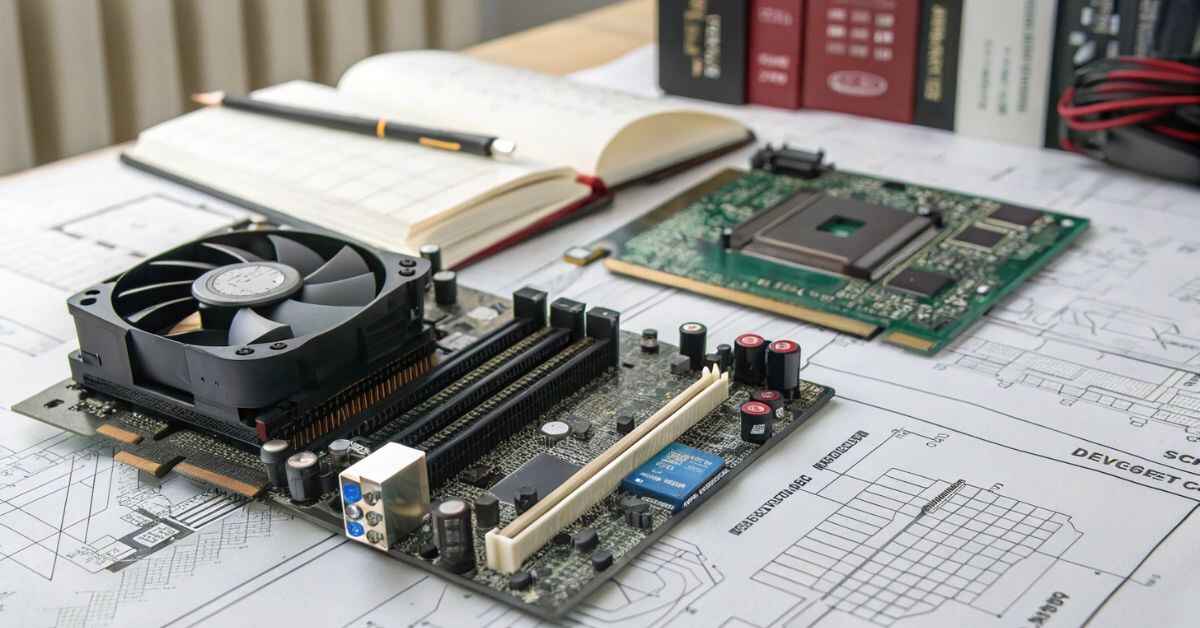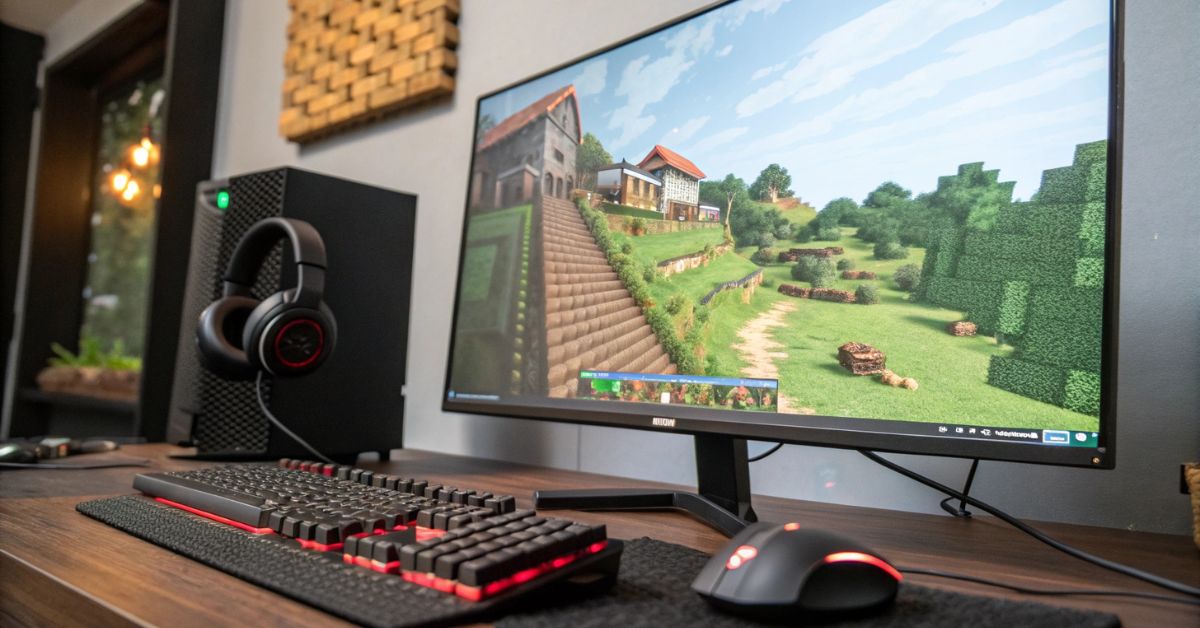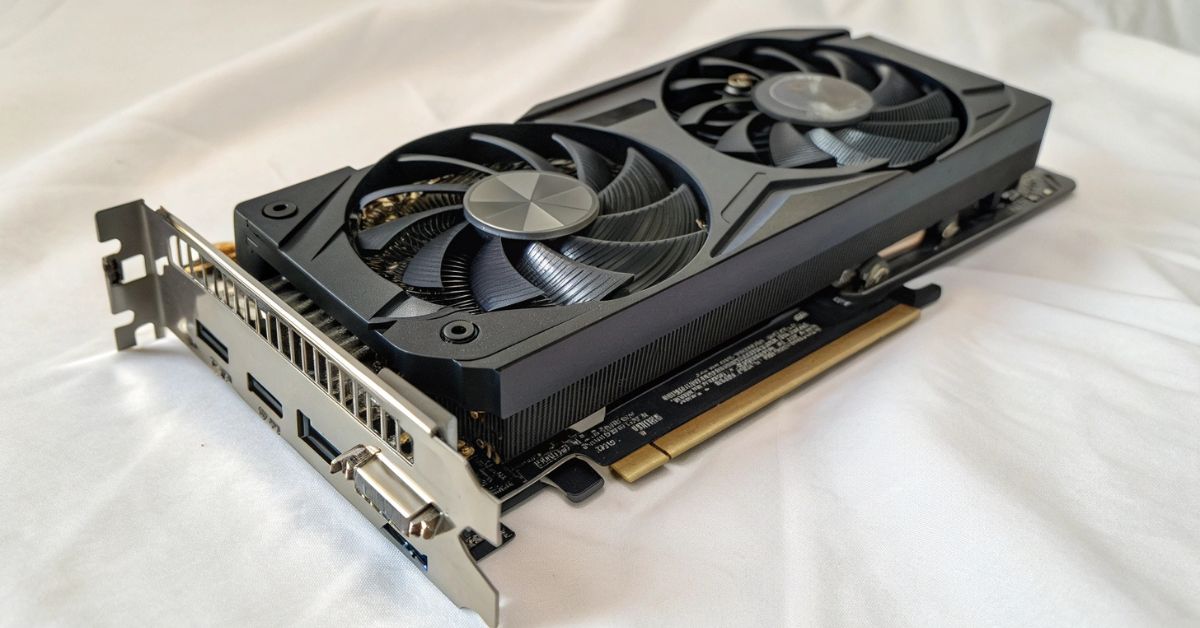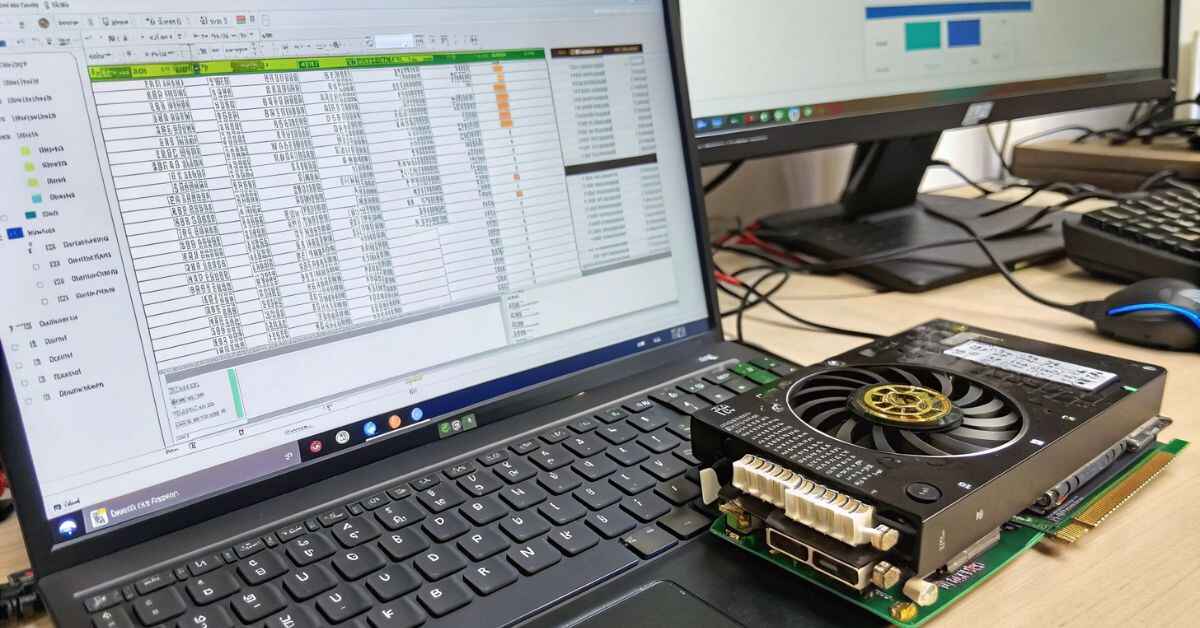When using PCs for gaming or heavy tasks, you can see the number showing FPS (frame per second), GPU use and CPU delay on your screen. These overlays are to help users track performance and identify system obstacles. Being useful, they can be annoying and distracted, especially when you just want a smooth gaming or streaming experience.
Many gamers discover how to remove FPS, GPU and CPUs from the screen, but the answer is not the same for everyone. Various software programs such as Nvidia Gaforus experience, AMD Radon Software, Steam, MSI Affeterburner, or Xbox Game Bar are usually responsible for showing these overlays.
Fortunately, you can easily disable them once you know which device is overlayed. This article will guide you through phased steps through all major methods, explain why these overlays appear, and help you decide whether to keep them on or close them.
Why do FPS, GPU and CPU delays appear on the screen?
Overlays come from the underlying GPU utilities or third-party performance monitoring apps. The most common reasons here are:
- NVIDIA GeForce Experience: FPS, delay and GPU activity enables a performance overlay to monitor activity.
- AMD Radeon Software: GPU, CPU, VRAM displays performance metrics including use and delay.
- Steam FPS Counter: Simple FPS counter for steam games.
- MSI afterburner / rivatuner: A powerful surveillance tool that is often used by advanced users.
- Windows Xbox Game Bar: Performance in the game shows overlay.
In short, if you see FPS, GPU, or CPU delay data on your screen, one of these programs is responsible.
Ways to remove FPS, GPU and CPU delay from screen
Nvidia geforce experience overlay
If you own an NVidia graphics card, Geforce experience may cause overlays.
- Here is how to close it:
- Open geforce experience. Click on Settings (Gear icon).
- Under the general tab, find in-game overlays and close it.
- Alternatively, press the Alt + Z into a game to open the overlay menu and disable performance monitoring.
This will remove FPS, GPU and delay data from your screen
AMD Radeon Overlay Close
AMD graphics card users can see performance metrics from Radeon software.
To disable them:
- Right-click on the desktop and open the AMD Radeon software.
- Click on Settings (Gear icon).
- Navigate on the display tab.
- Find overlay or performance metric overlay.
- Toggle the switch to disable.
Once disabled, your gameplay will no longer display distracted performance numbers..
Disable Steam FPS counter
Steam has an underlying FPS counter that many users accidentally enable.
- To close it: Open the steam.
- Go to Settings> in-game.
- Find the option of in-game FPS counters.
- Choose from the dropdown menu.
Now you will be able to play without a FPS counter seen in a corner.
MSI Afterburner / Rivatuner Statistics Server Close
If you are using MSI afterburner for overclocking or monitoring, it can be a source of overlay. Here’s how to remove them:
- Launch MSI afterburner.
- Go to settings.
- In the monitoring tab, you will see a list of active matrices such as FPS, GPU use and CPU uses.
- Uncheck the people you do not want to display.
- Click OK and restart the game.
This will give you a clean screen during gaming.
Disable Xbox game bar in windows
Windows 10 and 11 come with the Xbox game bar, including a performance widget. To disable it:
- Press Win + I to open the settings.
- Gaming> Go to the Xbox Game Bar.
- Enable Xbox Game Bar for recording and overlays.
- Close the option.
- Alternatively, open the game bar with Win + G, then close the performance widget manually.
Additional suggestions to remove overlay
Sometimes overlays continue to appear again because many programs are running together.
Here are some tips:
- Check the task manager: Press the Ctrl + Shift + Esc and see if the overlay programs such as steam, Nvidia, or Radeon are running. Finish them when needed.
- Update Driver: Older GPU drivers sometimes enable default overlay after update. Be sure to configure the settings after updating.
- Third-party application: FPS counters like FPS counters like Frap, Discord overlay, or OBS can also be displayed. Disable their in-game overlay settings.
Should you keep or remove the overlay?
- If you keep overlay: You are testing hardware, benchmarking, or troubleshooting intervals.
- Remove overlay if: you want distraction-free gaming, smooth scene or professional looking streaming.
Most players only temporarily require this data. Once you confirm that your system is running smoothly, closing them improves the overall gaming experience.
Benefits of removing on-screen overlay
- Cleaner display: No disturbing number in the corner.
- Better focus: Helps you stay immersed in gameplay.
- Smooth performance: Overlay can consume minimum resources, but closing them ensures maximum performance.
- Better streaming quality: Viewers watch a clean game without unnecessary data.
FAQS
Q1. Why is my FPS showing on screen?
It is capable through Nvidia, AMD, Steam, Xbox Game Bar, or other third-party software.
Q2. Does disabling the FPS counter improve performance?
Yes, a little. While overlays do not consume too much, removing them can reduce the CPU/GPU load and improve accountability.
Q3. How do I know which software is showing data?
Check which apps are running in the background- Navidia, AMD, Steam, afterburner, or game bar. The design of the overlay usually gives an indication.
Q4. Can I quickly overlay my tongue?
Yes. Nvidia uses Alt + Z, AMD has hotkeys, and allows to tongue quickly in steam settings.
Q5. Is it safe to disable these overlays? quite safe.
Closing them does not affect your hardware or drivers – it only hides performance figures.
Final thoughts
If you want a chaos-free, immersive gaming experience, it is necessary to know how to remove FPS, GPU and CPU delay from the screen. While overlay systems are useful for monitoring, they are not always necessary after your PC is adapted.
Whether you are using Nvidia geforce experience, AMD Radeon Software, Steam, MSI AFTERBURNER, or Windows Xbox Game Bar, the above methods will help you disable the overlay in a few stages.
Finally, it is about balance. When you need testing or troubleshooting, keep overlay, but close them when you want smooth, distraught gameplay.
Also Read:
Prizmatem: Innovation, Clarity, and Creativity in One Framework
The Blog Band Thorn-Magazine Site: An intersection of Music and Writing!
